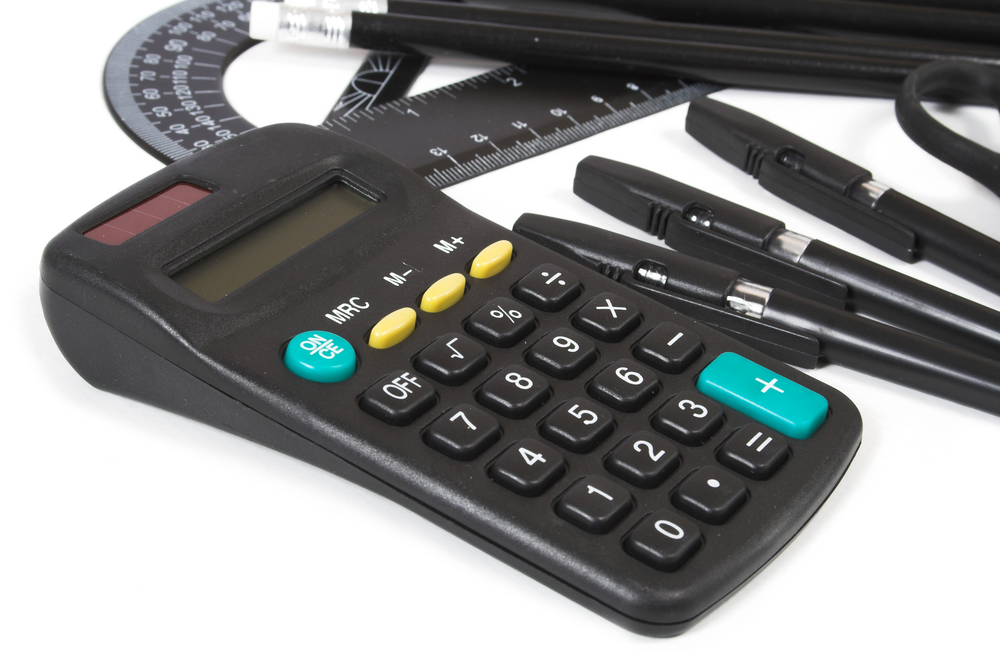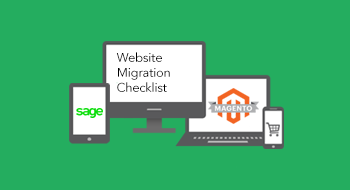Sage 100 Fixed Assets: Your Spreadsheets Could Be Costing You
Find out how to create savings and efficiencies that benefit the bottom line with Sage 100 Fixed Assets. Don't face another year trying to track...
2 min read
Annette Manias Dec 13, 2021 10:37:13 AM

As the pace of globalization continues to increase, so too has the pressure to provide financial statements using international accounting standards rather than GAAP in order to make comparison easier. While a convergence of the IFRS and GAAP accounting standards is likely years away, the fixed asset challenges you have today can be solved with software automation that can also help prepare you for whatever the future may hold.
Before we go further, let's quickly clarify the acronyms used in this blog.
Although U.S. accounting is currently governed by the FASB, more companies are adopting and reporting some or all of their financial results and calculations using IASB and IFRS rather than GAAP. Some companies do this to make benchmarking local and international business units easier, but reporting on two sets of standards creates a bookkeeping nightmare.
The two sets of standards have many things in common, however, there are many differences. One of the most common we see is in the area of fixed assets which have major differences that have massive implications for how accounting, key calculations, and reporting is conducted.
For example, in the case of component depreciation:
In another example, you’ll see a big difference in GAAP and IFRS in how an asset is valued over time:
You can see how differently your balance sheets under GAAP versus IFRS could look, just from these two examples listed here, but that’s just two examples in a long list of big differences between the two standards. It’s easy to see how difficult this would be to manage with spreadsheets and disconnected systems.
To get the most out of fixed asset depreciation, everything should be counted. That way, if your calculations are different as you go from one standard to another, you will already have the data you need for those computations. Tracking your assets with Sage Fixed Assets management software automates the tedious process. You can manage multiple projects at a time, regardless of the type or size.
Sage Fixed Assets offers flexible project cost management and reporting. You have multiple levels of detail tracking, including more than 45 user-defined fields, as well as a variety of built-in reports. In addition, you can easily manage both capitalized and expensed assets and get key project information instantly with “Project Snapshot.”
It can be intimidating to think about the long journey to fixed asset automation to support IFRS adoption. Read more about the differences in the two standards and the road to IFRS convergence in our white paper. When you’re ready, the specialists at OASIS can help you get up and running quickly with customized inventory and professional services as well as expert hands-on training. Contact the experts at Oasis Solutions today.

Find out how to create savings and efficiencies that benefit the bottom line with Sage 100 Fixed Assets. Don't face another year trying to track...

1 min read
Sage 100 ERP Users: What You Need to Know about Migrating from Magento 1 to Magento 2 All online merchants who are currently running their eCommerce...

5 Ways to Grow Your Company with a Sage 100 Migration It's odd to think about success as a problem, but the truth is that ensuring your long-term...